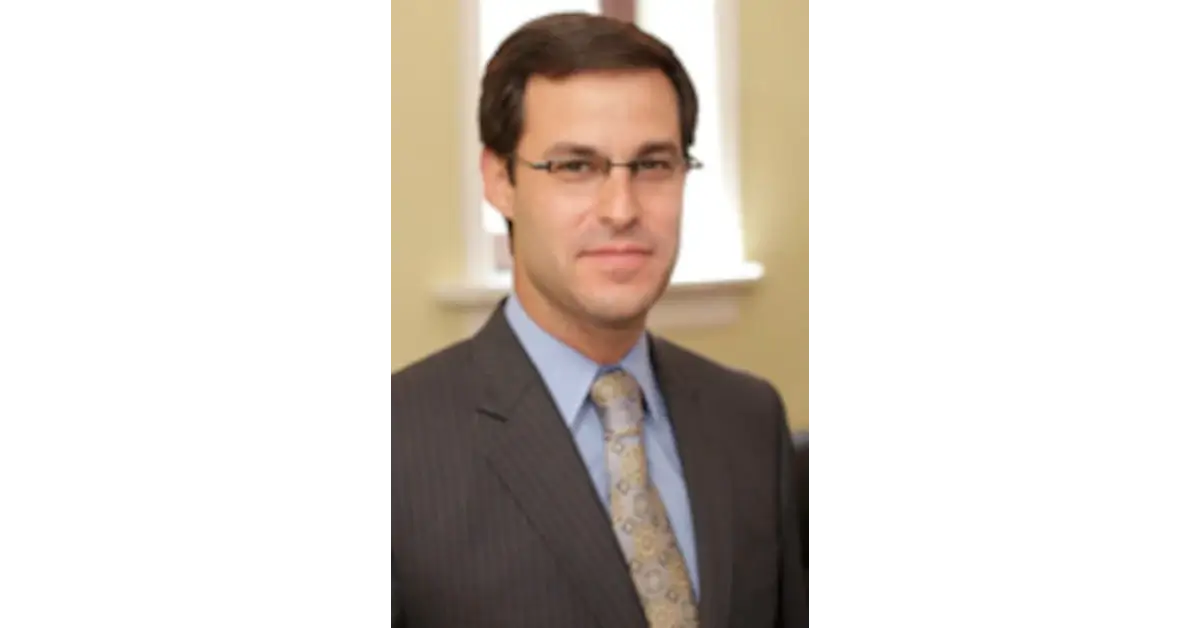Q: How did you decide to become a hand surgeon?
When I was doing a burn surgery fellowship I did a lot of pediatric hand surgery reconstruction. That peaked my interest. It was the intricacy, the attention to detail and the functional recovery that the patients make, particularly the children. One of the most gratifying cases was when I was treating a 2-year-old burn victim. He had been a victim of abuse; his parents had put both his hands in scalding hot water. That resulted in severe burns and contractures of all his fingers. We were able to surgically to correct all the deformities and to give him back functional use of his hands.
Q: On what areas of hand surgery do you focus?
I do everything within the scope of hand surgery. Whether it is fractures or other trauma, soft tissue nerve injuries, and microsurgery. I do all of it.
Q: What do you mostly see in your practice?
I see a fairly healthy mix of all different types of pathology. This ranges from acute injuries in the ER, to fractures, lacerations, tendon and nerve injuries, and sometimes amputations. Of a more routine nature, I see carpal tunnel syndrome, trigger finger, and tendonitis. I see a fair number of sports injuries fairly often, particularly in children.
Q: What is the trend in hand surgery?
We try to approach everything as minimally invasive as possible. The trend is to take that approach, and also to try to get people back to functional status, or to work, as early as possible, as opposed to keeping their hands immobilized, which in the past, they tended to do that after certain surgeries.
Q: What should people understand about the hand?
The hand is a very functional organ. Whereas you can have your appendix or gallbladder taken out and never know they’re missing, if you lose a finger you’ll always know it’s gone. People take for granted that they can grab and their fingers bend, but that takes coordination between bones, ligaments, and nerves. If any part of that structure is damaged or absent, it will lead to a change in function. While our goal as hand surgeons is always to restore function to normal, or as close to normal as possible, people don’t always understand that it is not as simple as it may seem. Small changes in anatomy can lead to very big changes in use of hand motion and/or function.
Q: What advice to give you to consumers regarding hand conditions or injuries?
It’s easiest to address issues that arise early on. If you have a problem for few weeks, it’s a lot easier to resolve than if you wait six months or a year. A lot of people have or are at risk for workplace injuries, so they should be conscientious about how they use equipment and take proper safety measures. In the same respect, people should pay attention to proper ergonomics in an office setting. You can prevent certain issues like carpal tunnel syndrome by paying attention to good ergonomics early on.

